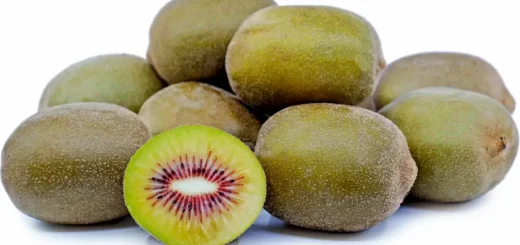Reply to comment — Exporter Magazine

The outlook for growth in the Chinese wine market remains positive even after a rapid rise in consumption in recent years. However, while the growth story remains intact, New Zealand wine suppliers must be mindful of a number of apparent gaps in the market that will need to be navigated in years to come, according to new report by Rabobank.
In the report China wine market – mind the gap, author Rabobank senior analyst Marc Soccio says the growth of the Chinese wine market is “not all that it might seem at first glance”, and in reality, is structured differently to what most foreign wine suppliers are typically accustomed to.“In particular, an influx of new wine importers into China has seen even the smallest foreign wine companies gain access, but many brand owners are struggling to gain access to the level of distribution that they’d ideally like,” Soccio says.“We estimate that the total number of importers has increased by 35 percent in 2011 to roughly 3,000 companies, many of whom are marketing relatively small volumes of wine to a select market of business and political contacts in China.”In terms of New Zealand and Australian wine producers, the combined Chinese and Hong Kong market is now amongst the top five largest export markets by volume and value. In the five years to March 2012, Australian exports to the Chinese market have grown by 50 per cent to around six per cent of total export volumes. China only consumes around one per cent of New Zealand’s overall wine exports, but represents a much more significant 10 per cent of the country’s red wine exports behind the UK, Australia and the US.While grape wine is still a small part of the overall alcoholic beverage market in China, Rabobank believes wine is well positioned for the future with a growing number of relatively younger, more affluent consumers who are increasingly exploring wine as a viable alternative.“The ongoing economic and social development of China generally bodes well for wine suppliers as Chinese consumers continue to demand a higher quality and wider choice of food and beverage products, aided by the growth of the modern grocery retail channel across China,” Soccio says.“Wine has also been taking some share from producers of premium Chinese baijiu, a local white spirit, that is traditionally consumed and offered during government and business entertainment gatherings.”The Rabobank report shows bottled wine imports to China, dominated by French wines, have continued to grow strongly – by 65 per cent to 241 million litres in 2011, and often at highly favourable prices for global suppliers being confronted by tough trading conditions in many other markets.Competition amongst the major country suppliers behind France has intensified however, Mr Soccio says, with Australian producers in particular losing some share although still maintaining their strong number two spot in the market.The local Chinese domestic wine companies have been largely caught off-guard by competition from foreign wine imports, but are restructuring their businesses to ensure that they aren’t denied their share of the market’s future growth, the Rabobank report says.The report also predicts that brands are expected to become increasingly important to wine consumers in the grocery, hotel and restaurant channels due to the clear need for brands to better guide their purchase decisions.“The market is likely to remain in its infancy, with much investment still required to raise the level of consumer understanding in grape wine and wine culture more generally,” Soccio says.He says ‘Brand France’ remains a powerhouse in the market, and the strength of collective country brands will remain of paramount importance in the future.
“In terms of individual brand shares, those companies who have partnered with a select number of larger, better-capitalised distributors appear to be better placed to access the full scope of the market over the next few years.”






